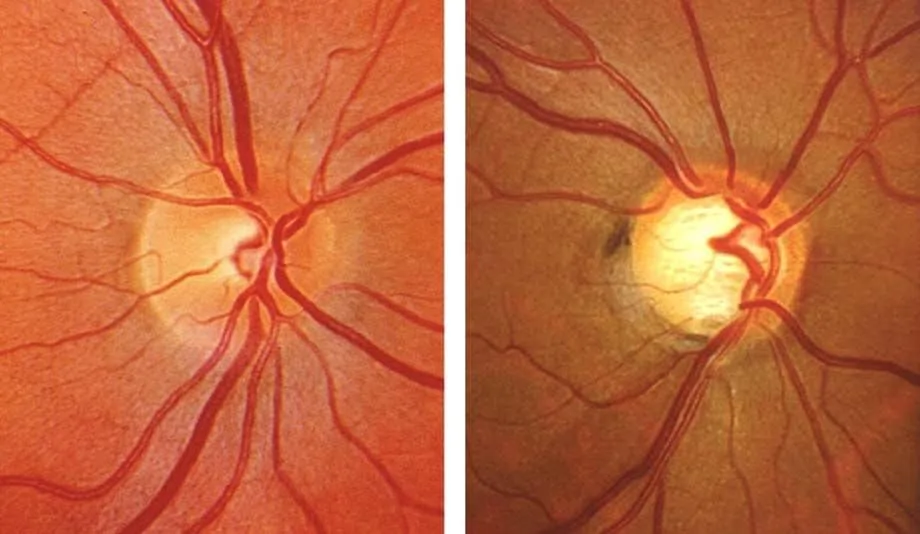Glaucoma is a group of eye conditions that damage the optic nerve, which is essential for good vision. This damage is often caused by abnormally high pressure in the eye (intraocular pressure). Consequently, over time, this increased pressure can erode the optic nerve tissue, leading to vision loss or even blindness if left untreated.
Early Signs and Symptoms of Glaucoma
Open-Angle Glaucoma:
- Gradual Loss of Peripheral Vision: Often unnoticed until significant vision loss has occurred.
- Furthermore, Tunnel Vision: In advanced stages, leading to a narrowing of the visual field.
Angle-Closure Glaucoma:
- First, Severe Eye Pain
- Additionally, Nausea and Vomiting
- Sudden Onset of Visual Disturbance: Often in low light.
- Moreover, Blurred Vision
- Halos Around Lights
- Finally, Reddening of the Eye
Normal-Tension Glaucoma:
- Peripheral Vision Loss: Similar to open-angle glaucoma, often unnoticed until significant.
Secondary Glaucoma:
- Symptoms Similar to Open-Angle or Angle-Closure Glaucoma: Depending on the cause and type of secondary glaucoma.
Congenital Glaucoma:
- Enlarged Eyes
- Cloudiness in the Cornea
- Excessive Tearing
- Sensitivity to Light
General Signs and Symptoms to Watch For:
- Loss of Peripheral Vision
- Difficulty Adjusting to Dark Rooms
- Blurry Vision
- Rainbow-Colored Halos Around Lights
- Frequent Changes in Eyeglass Prescription
Importance of Regular Eye Exams
Because glaucoma can progress without noticeable symptoms until significant damage has occurred, regular eye exams are crucial for early detection and management. Therefore, if you experience any of the above symptoms or have a family history of glaucoma, it is essential to consult an eye care professional promptly. Indeed, early detection and treatment can help prevent serious vision loss.



